#artist is frederick morgan
Explore tagged Tumblr posts
Text
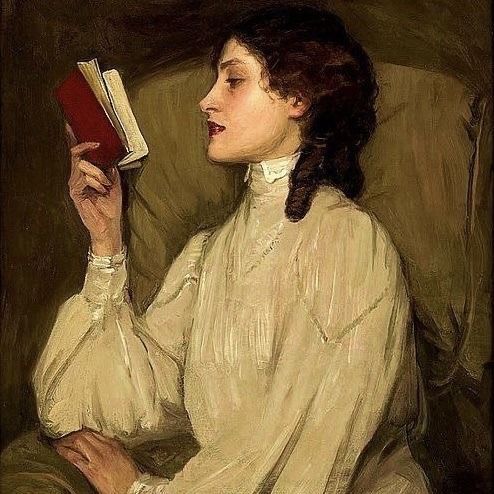
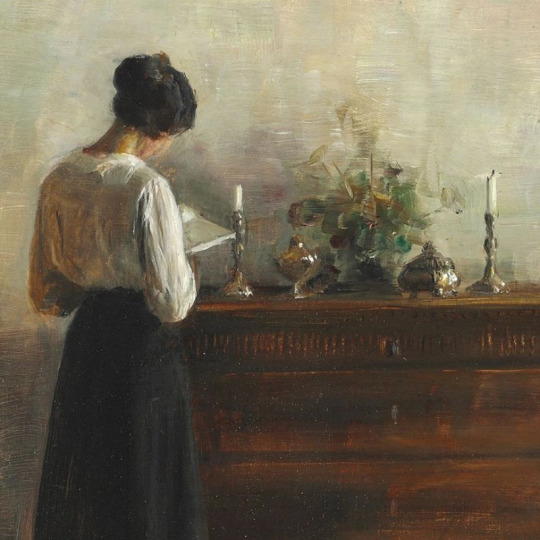
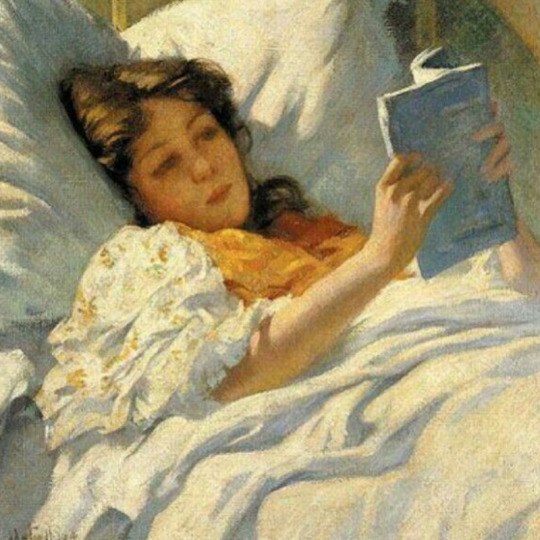
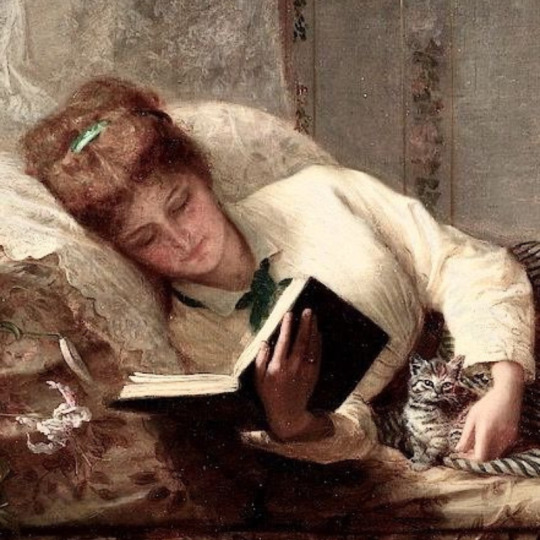
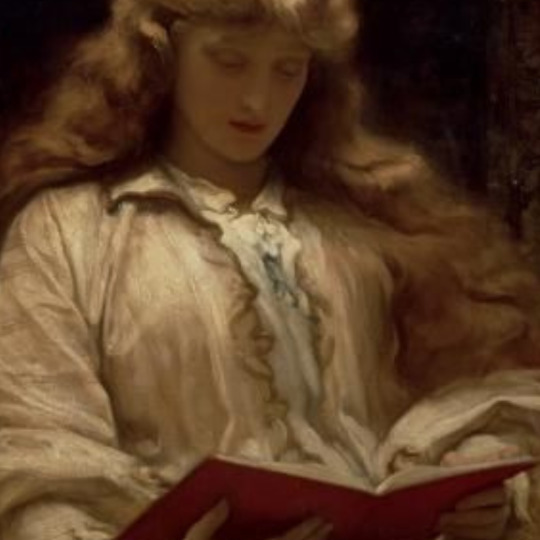
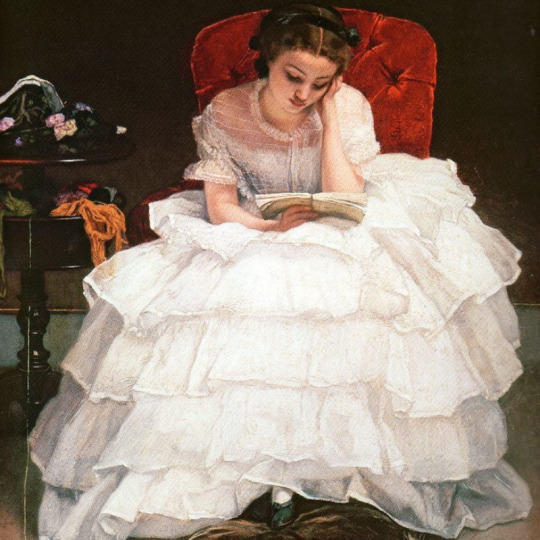
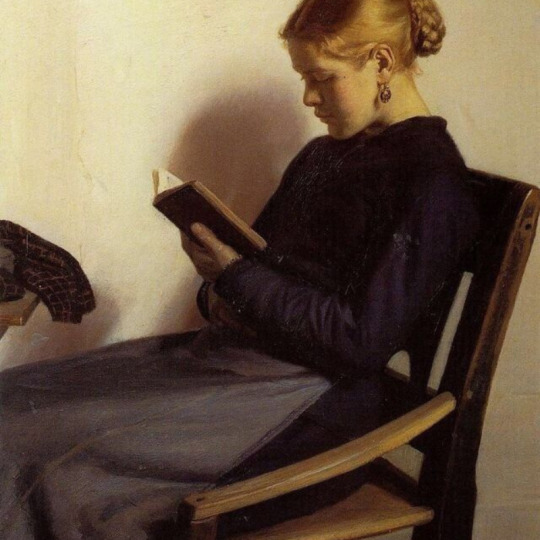
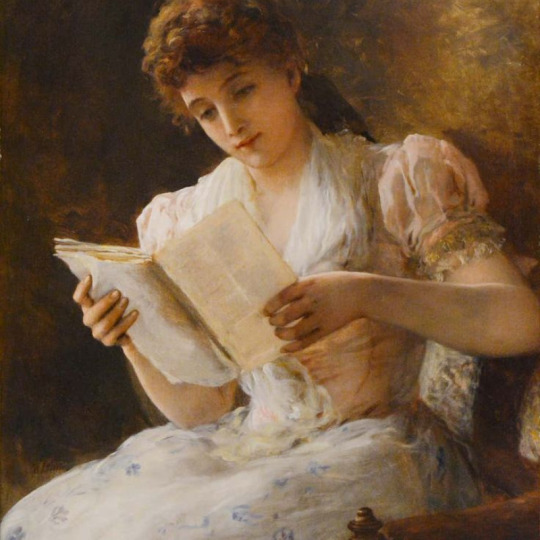
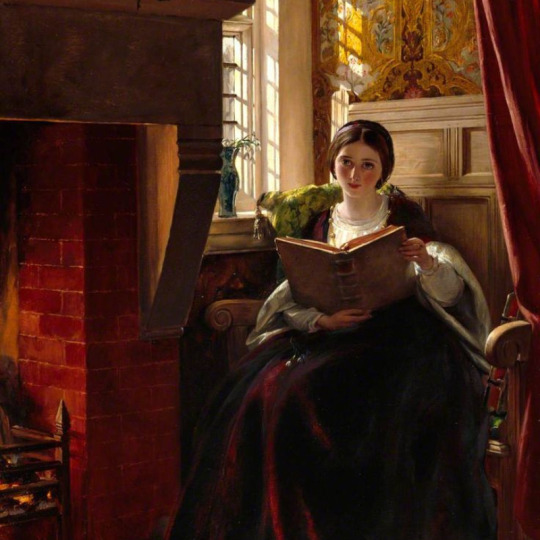
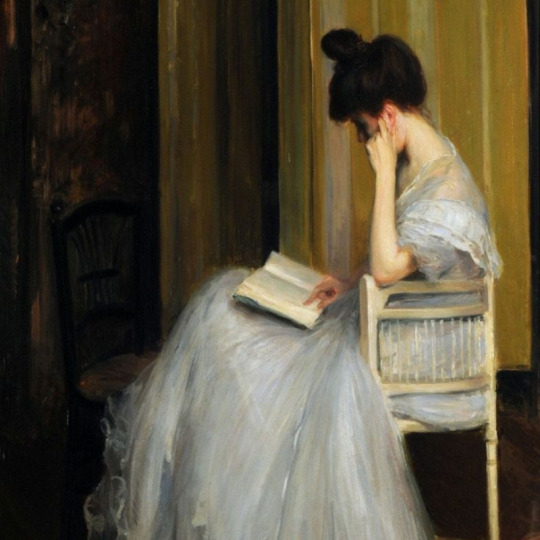
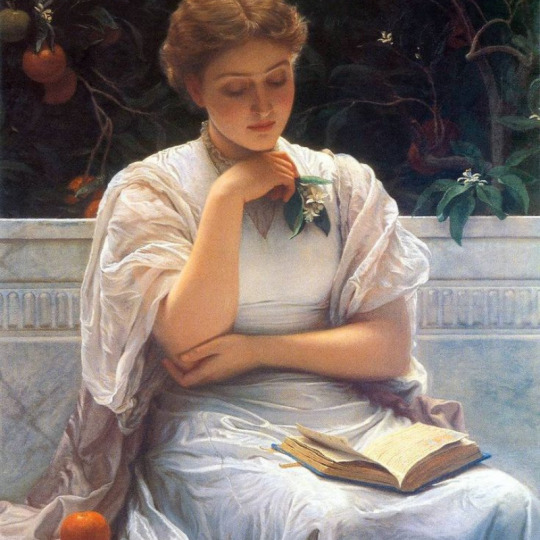
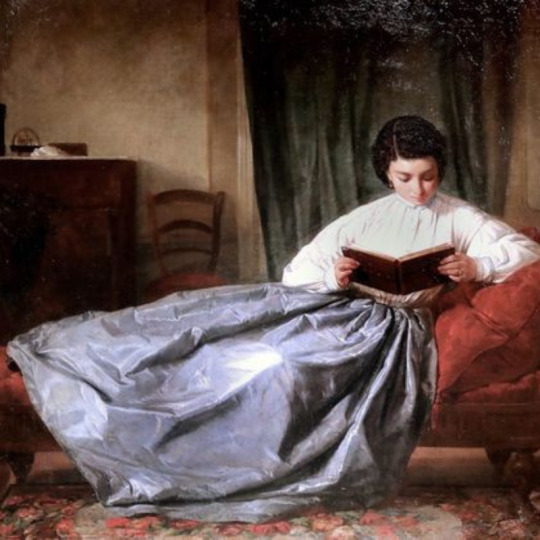

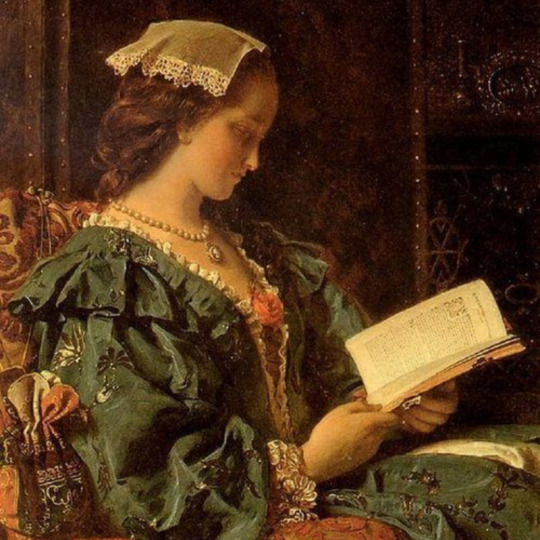

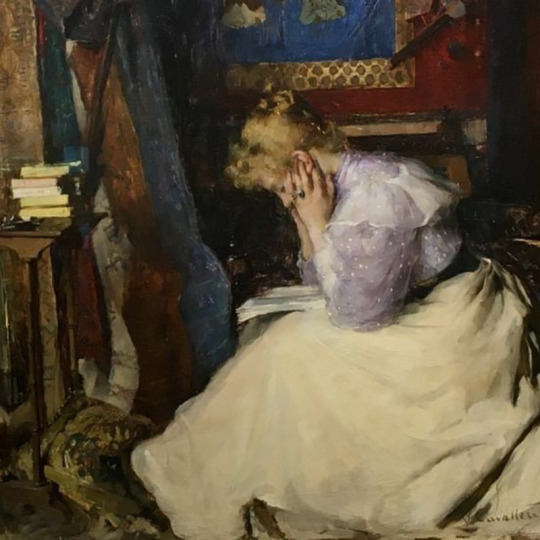
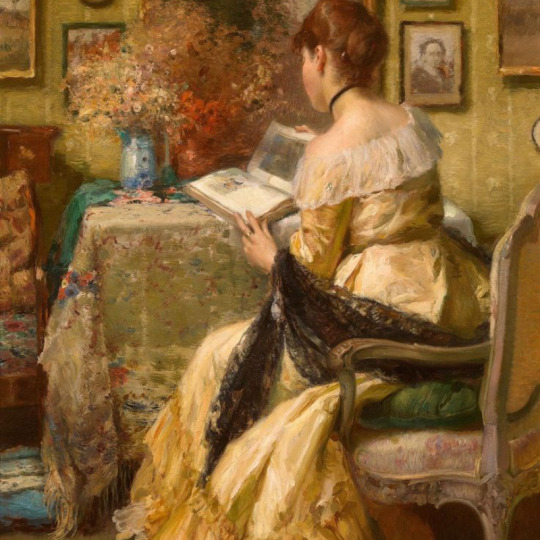
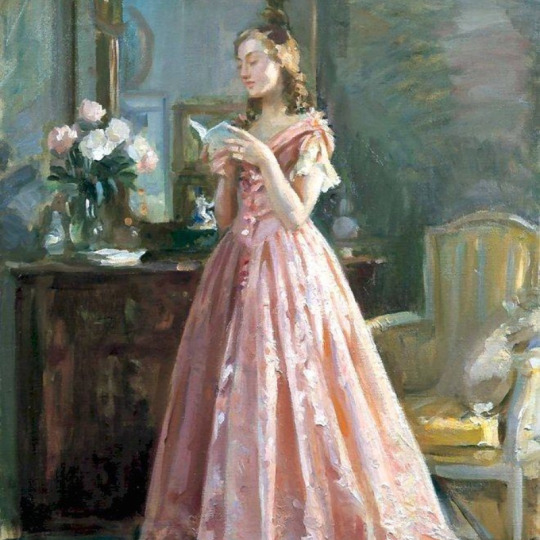
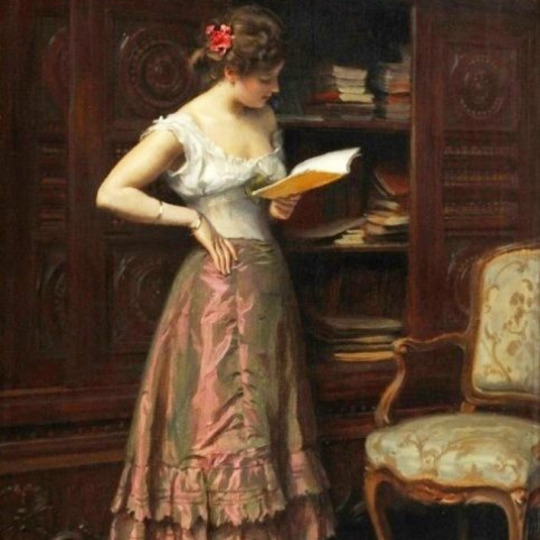
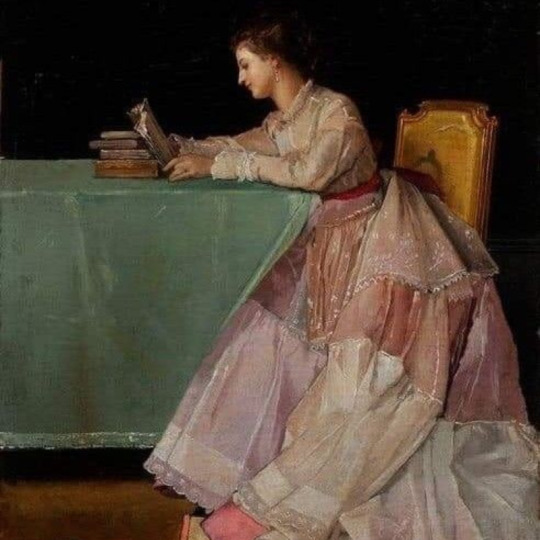

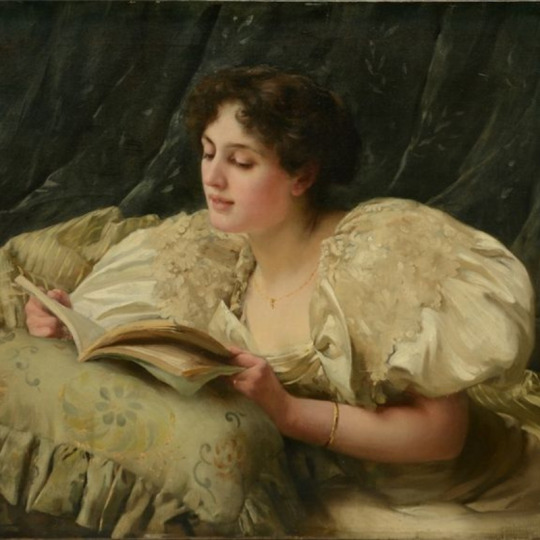

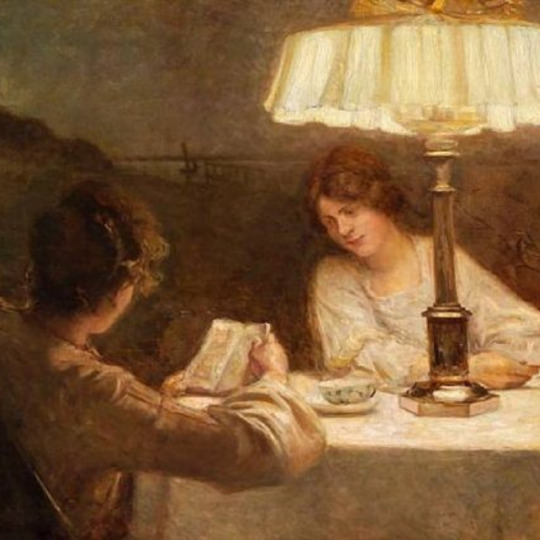
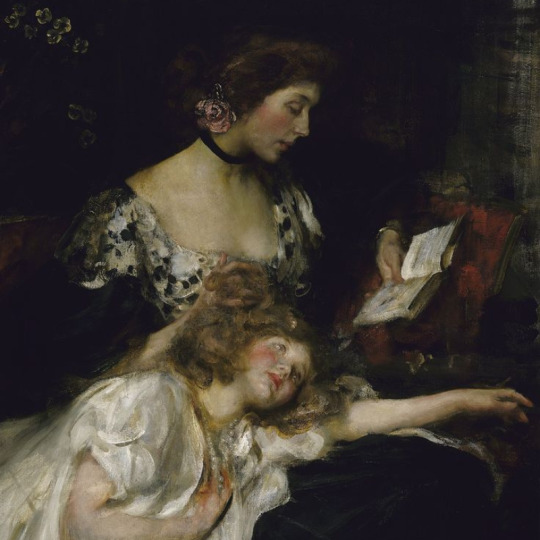
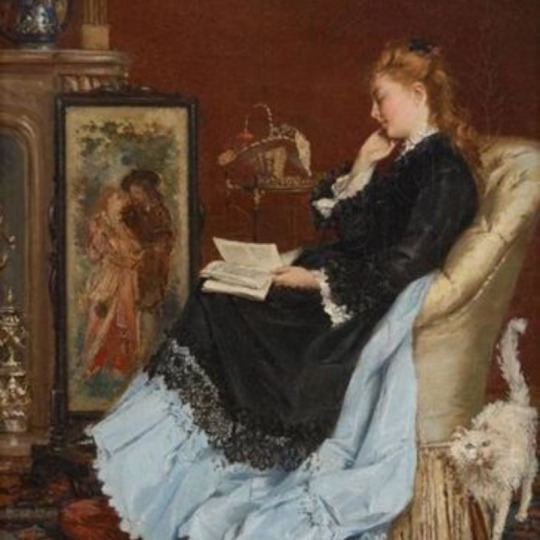

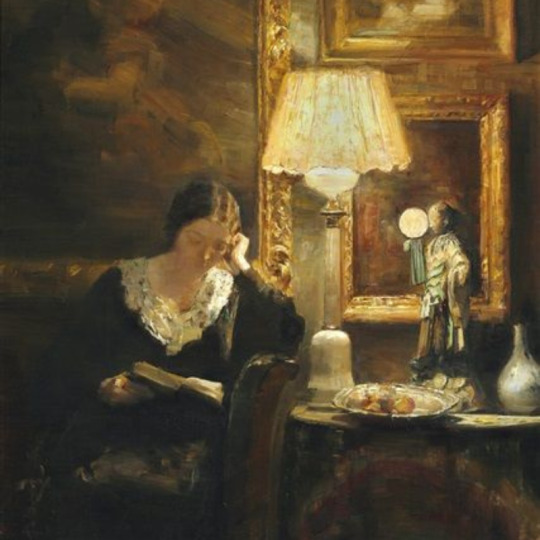
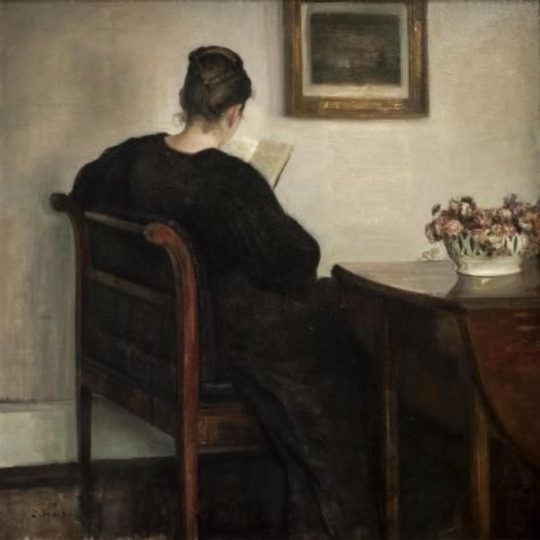
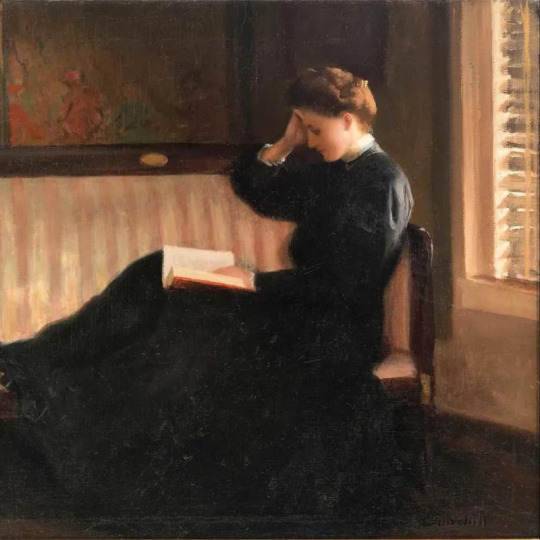
reading + art
#sir john lavery's “miss aura's the red book”#cant find artist or painting name#artist is willard leroy#artist is frederick morgan#the maid with golden hair by frederic lord leighton#girl reading by alfred emile stevens#young girl reading by michael peter ancher#woman reading book by william oliver#a pleasant corner by john callcott horsley#woman reading by jacques-emile blanche#in the orangery by charles edward perugini#artist is joseph duran#girl with pigtails by samuel henry willam llewllyn#the love tale by francis john wyburd#lady sirling maxwell by james guthrie#artist is roma ribera#a lady reading a book by albert chevallier tayler#artist is wilfred gabriel de glehn#woman reading standing by frederic dufaux#artist is jules-adolphe goupil#view reading by charles james#cant find artist or painting#young girl reading by jean-honore fragonard#artist is christian valdemar clausen#mother and child by james jebusa shannon#artist is albert roosenboom#lady with a book in a garden by frantisek dvorak#aften by carl vilhelm holsoe#reading woman by carl holsoe#woman reading on a sette by william w churchill
3K notes
·
View notes
Text

Morgan-le-Fay by Frederick Sandys (1863-64)
#frederick sandys#art#paintings#fine art#19th century#19th century art#romanticism#pre raphaelite#pre raphaelite brotherhood#painting#english artist#british artist#mythology#arthurian mythology#arthurian legend#morgan le fay#classic art
951 notes
·
View notes
Text

The Duet
Artist: George Sheridan Knowles (British, 1863 - 1931)
Genre: Genre Art
Date: 1915
Medium: Oil on canvas
Collection: Private collection, New Jersey
Description
The demand for pleasant genre scenes and images of bygone days were in great demand during the height of the Victorian era and many artists looked to fill the need; one of these artists was George Sheridan Knowles. Not much is known about his early life, but it is believed that he spent his youth in the Manchester area and most likely received his formal training there.
Capitalizing on his artistic talents, Knowles specialized in contemporary sentimental genre scenes and costume pieces - set in the Middle Ages or the 18th century. His sentimental genre paintings often capture his subjects in a relaxed, or playful, moment and are reminiscent of the works of Arthur John Elsley and Frederick Morgan (two of his contemporaries).
#oil on canvas#genre art#man#woman#interior#piano#music#duet#costume#chair#artwork#music sheet#drapery#george sheridan knowles#british painter#british art#oil painting#european art#20th century painting#european#british culture
22 notes
·
View notes
Text








Elvis Presley as Johnny, Donna Douglas as Frankie, Audrey Christie as Peg and Harry Morgan as Cully in Frankie and Johnny (United Artists, 1966) Dir. Frederick de Cordova
#this movie has one of the best costumes in all elvis movies IMHO#in fact Frankie and Johnny was one of my immediate favorite elvis movies when i got to watch all of them#i still like this movie a lot#elvis presley#elvis history#elvis movies#frankie and johnny#1966#donna douglas#audrey christie#harry morgan#elvis#60s elvis#elvis the king
47 notes
·
View notes
Text





























How much of my mother has my mother left in me? How much of my father am I destined to become? Will it wash out in the water, or is it always blood?
-In the Blood, John Mayer
On Piper and her journey throughout The Lost Hero
References:
The Birth of Venus (Sandro Botticelli), The Iliad - Book 3 (Homer), The Lost Hero (Rick Riordan), My 1980s and Other Essays (Wayne Koestenbaum), Cherokee Masks (source cited below), The Art Lover (Carole Maso), Journal Entry (Anne Sexton), The Lost Hero (Rick Riordan), Thumb (Dad), The Horse, The Wheel, and Language (David W. Anthony), The Lost Hero (Rick Riordan), The Iliad (Homer), Helen of Troy (Evelyn De Morgan), The Oresteia (Anne Carson), Reviving Ophelia (Mary Pipher), Remembrance of Things Past (Michael Proust), The Lost Hero (Rick Riordan), The Birth of Aphrodite (Ivan Aivazovsky), What My Mother and I Don't Talk About (Michele Filgate), The Trojan Woman (Euripides), All About Love: New Visions (Bell Hooks), The Lost Hero (Rick Riordan), Unknown, Mother With Child (Cherokee Art - sourced below), The Lost Hero (Rick Riordan), An Oresteia (Anne Carson), Unknown, Helen of Troy (Frederick Augustus Sandys), Hermetic Definition (H.D./Hilda Doolittle)
Link to the Cherokee art I used for this (the artists they showcase are so talented please check them out guys - they don't add artist names on the website from what I could find but if you see where those are listed please let me know as I'd love to credit them):
#piper mclean#helen of troy#helen of sparta#web weaving#heroes of olympus#the heroes of olympus#the lost hero#tlh#hoo#literally cited everything in order so if anyone knows what the unknown quotes r from (got those ones off pinterest lol) pls don't hesitate#to let me know#anyway this is kinda the sister post to my rant abt piper's parallels to helen of troy/sparta#so i thought i'd back up that rant w some good old evidence!#percy jackson#percy jackson and the heroes of olympus#percy jackon and the olympians
13 notes
·
View notes
Text
Nameless/Faceless Characters
These are the characters whose speaking lines only display "???", have blacked-out silhouettes, are referred to only by moniker, or are otherwise unidentified.
List of Named Characters:
Alex
Arthur
Bella
Charlie
Dr. Dean
Dulcie
Ms. Eleanor
Mr. Fallon
Frank/Frankie
Frederick
Ms. Gabriella
Georgie
Gordon
Grace
Harold
Henrik Harris
Henry
Herman
Isaiah
James
Dr. Jiang Yan
Joe
John
Joseph
K
Leon
Dr. Lewis
Linton
Ms. Lin
Lois
Louis
Dr. Louise
Luke
Mr. Marty
Maxwell
Michael
Mo
Morgan
Mr. Morlet
Dr. Myra
Noah: Part 1, Noah: Part 2
Professor Zero
Professor Sean
Mr. R
Mr. Raymond
Roman
Ryan
Dr. Steven
Sherman/Mr. Sherman
Talia
Tiana
Dr. Thalia
Tommy
Tony
Ulysses
Dr. William
"Doctor Wang"
Dr. Wu
X
Ms. Yan
Yennifer
List of Nameless Characters:
"A man in his 50s"
"Adjutant"
"Arctic Hunter"
"Bookstore Owner"
"Captain"
"Elysium man"
"Ever Employee #1"
"Ever Employee #2"
"Fleet Officer"
"Hunter No. 32538"
"Hunter's Association President"
the "Hightowers" man
"Jester"
"Little Girl"
"Man in Black"
Man in pin-stripe suit + Ever Group pin
"Mural Artist"
"Mural Artist's Daughter"
"Mysterious Liar"
"The Nest Bartender"
"The Nest Bounty Targets"
"Physician's Assistant A"
"Physician's Assistant B"
"Raincoat"
"Shopkeeper"
"ST"
"The man wearing a duckbill hat"
Voice from Mr. Raymond crime scene
"Zayne's old classmate #1"
"Zaynes old classmate #2"
#love and deepspace#lads linkon city#linkon city#lads zayne#lads#love and deepspace zayne#lads akso hospital#linkon central hospital#love and deepspace akso hospital#akso hospital#lads xavier#lads rafayel#lads sylus#lads spoilers#lads characters#love and deepspace sylus#love and deepspace rafayel#love and deepspace xavier#love and deepspace characters#lads faceless characters#love and deepspace faceless characters#lads nameless characters#love and deepspace nameless characters
20 notes
·
View notes
Text

Ruth Inge Hardison (February 3, 1914 – March 23, 2016) was a sculptor, artist, and photographer, known for her busts entitled “Negro Giants in History”. Her collection called “Our Folks”, which features sculpted portraits of everyday people is of note. Her artistic productions surround historical African American portraiture, and she was interested in representing the unspoken voices of the African American past. She was the only woman in the Black Academy of Arts and Letters.
She was born in Portsmouth, Virginia, her family moved to Brooklyn. She acted in the Broadway Productions of “Sweet River” and “Country Wife”. She began sculpting as a hobby. When she took part in the year-long “What a Life” production, she created a sculpture of its cast, which was displayed at the Mansfield Theatre. She studied Music and Creative Writing at Vassar College. She studied at the Art Students League of New York and Tennessee State University.
Her works began as clay, wax, or plaster molds, and were cast into cast stone or bronze. Her first bust in that series was of Harriet Tubman, which measured eight inches in height; she has created busts of W. E. B. Du Bois, Paul Robeson, George Washington Carver, Frederick Douglass, Rev. Dr. Martin Luther King, Sojourner Truth, and Mary McLeod Bethune, among others. Her bronze Douglass bust, for example, was unveiled at Princeton’s Firestone Library. Other public works include a 7-foot abstract figure called “Jubilee” which stands on the campus of Medgar Evers College, a series of 18 children on an outdoor wall of I.S.74 in Hunts Point in the Bronx, and a five-foot mother and child given to Mount Sinai Hospital to express her gratitude for their help in delivering her only child. She created a series of Ingenious Americans, little-known African American inventors, and other notables commissioned and sold by Old Taylor Whiskey. The series of nine busts included Benjamin Banneker, Charles Richard Drew, Matthew Henson, Frederick McKinley Jones, Lewis Latimer, Garrett Morgan, Norbert Rillieux, Dr. Daniel Hale Williams, and Granville Woods. #africanhistory365 #africanexcellence
9 notes
·
View notes
Note
Can you recommend me classical art with Greek mythology motive?
I'd love to! Greek and Roman mythology is one of the most popular motives in art history, it was used in almost all styles and movements since its beginning in the ancient times. Here are some of my favorite artists who portrayed the gods and myths between Baroque and the 20th century. Although all of their work isn't exclusively about the ancient mythology, you'll find a wide variety of styles and depictions between them.
1. John William Waterhouse (1849-1917)
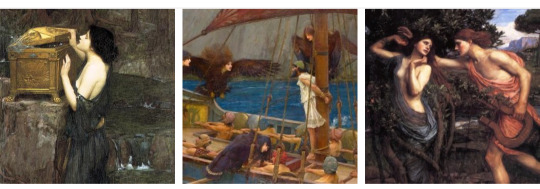
2. Artemisia Gentileschi (1593-1653)
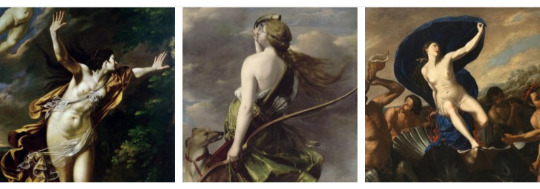
3. William-Adolphe Bouguereau (1825-1905)
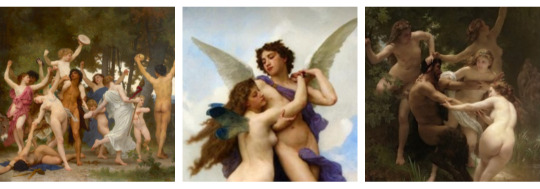
4. Angelika Kauffmann (1741-1807)

5. François Boucher (1703-1770)

6. Evelyn de Morgan (1855-1919)

7. Gustav Klimt (1862-1918)
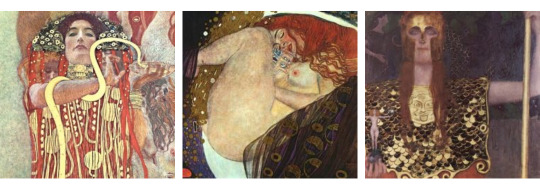
8. Frederick Sandys (1829-1904)

239 notes
·
View notes
Text
Birthdays 7.2
Beer Birthdays
John Fritsch (1827)
William F. Weber (1853)
Five Favorite Birthdays
Frederick Fennell; orchestra conductor, arranger (1914)
Christoph Gluck; German composer (1714)
Herman Hesse; German writer (1887)
Rene "Le Croc" Lacoste; tennis player (1904)
Margot Robbie; Australian actress (1990)
Famous Birthdays
Lee Allen; saxophonist (1927)
Richard Axel; neuroscientist (1946)
Hanes Bethe; physicist (1906)
William Henry Bragg, English physicist, chemist, and mathematician (1862)
Michelle Branch; pop singer, songwriter (1983)
Lily Braun; German author (1865)
Greg Brown; musician (1949)
Jose Canseco; Oakland A's OF (1964)
Pierre Cardin; Italian-French fashion designer (1922)
Rinaldo Cuneo; American artist (1877)
Ken Curtis; actor (1916)
Larry David; comedian, writer, actor (1947)
Liane de Pougy; French-Swiss dancer (1869)
Medgar Evers; civil rights activist (1925)
Vicente Fox; Mexican politician (1942)
Jean Craighead George; author (1919)
William Guest; singer-songwriter (1941)
Jerry Hall; model (1956)
Polly Holliday; actress (1937)
Ahmad Jamal; jazz pianist (1930)
Friedrich Gottlieb Klopstock; German poet (1724)
Larry Lake; American-Canadian trumpeter (1943)
Lindsay Lohan; actor (1986)
Imelda Marcos, Filipino politician, shoe collector (1929)
Thurgood Marshall; US Supreme Court justice (1908)
Alex Morgan; soccer player (1989)
Alexandros Panagoulis; Greek poet (1939)
Robert Paquette; Canadian singer-songwriter and guitarist (1949)
Brock Peters; actor (1927)
Richard Petty; auto racer (1937)
Hendrick Peter Godfried Quack; Dutch economist (1934)
Theodoor Rombouts; Flemish painter (1597)
Darren Shan; English author (1972)
Ron Silver; actor (1946)
Tom Springfield; English musician (1934)
Dave Thomas; Wendy's founder (1932)
Ashley Tisdale; actor (1985)
Paul Williams; pop singer (1939)
1 note
·
View note
Text
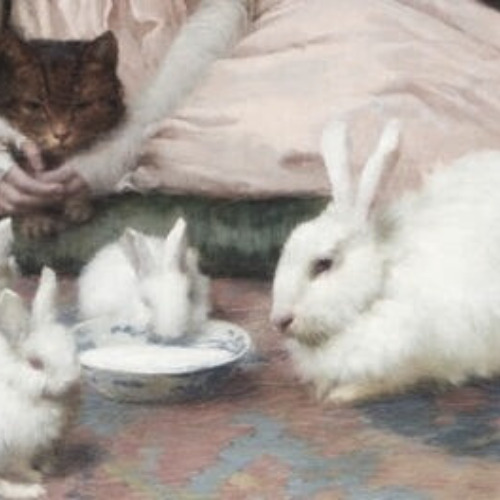
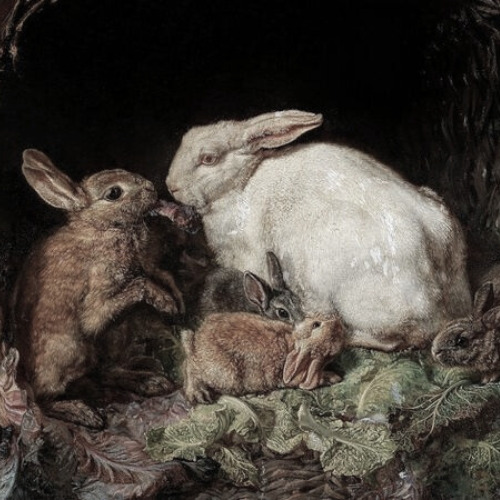

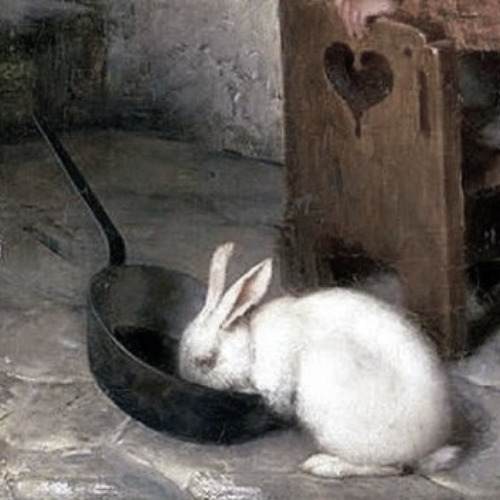



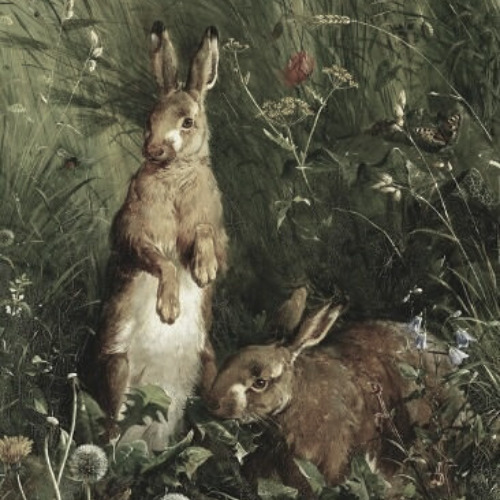

animals in art: rabbits/bunnies
#artist is edward docker#cant find artist#artist is felix schlesinger#artist is hermann kaulblack#artist is joseph thomas wilson#-cant find artist#artist is alfred richardson barber#artist is olaf august hermansen#artist is frederick morgan#art history#art#artedit#arthistoryedit#something short and sweet#animals in art
259 notes
·
View notes
Text

Phillip Frederick “Freddy Morgan” Morgenstern
7 Nov 1910 - 21 Dec 1970
American banjo musician, comedian, actor, songwriter and entertainer who gained fame as a featured member of the Spike Jones Band from 1947 to 1958. Born in New York City and raised in Cleveland Ohio, he went by "Freddy" since childhood. At age of 9, he began playing the ukulele after recovering from a serious accident. He studied banjo with Eddie Connors and at the age of 14, then teamed up with a school mate and fellow banjo enthusiast named Leo Livingston. The pair billed themselves as Morgan and Stone, and struck out for Broadway where they met with success. Morgan and Stone went on a 36-week nationwide tour, then traveled Europe and played the vaudeville circuit. Next, he teamed up with Australian banjoist Wally Hadley to form Morgan and Hadly from which a few recordings were produced in England.
At the outbreak of WWII, he was stranded in Europe, and helped found the European Theater Artists Group, a forerunner to the United Service Organization (USO) to entertain troops abroad. When the war ended, Morgan auditioned for Spike Jones by telephone, spending 35 minutes barking like a dog and imitating Edward G. Robinson during the effort. For 11 years, he performed as a featured banjo player for Spike Jones, bringing laughter to audiences with his bowl haircut, his goofy grin and his absolute comedic personality.
Morgan was always a first-rate player whose spirited performances contributed to a rise in banjo popularity over his lifetime. By the mid to late 1950's, he began branching out, first forming a banjo troup called the Sunnysiders which produced a hit record in 1955 called "Hey, Mr. Banjo", a nickname that stuck with him thereafter in show billings and musical references. A solo recording for Verve records came out in 1957 with his iconic mug gracing the cover. His final year with the City Slickers was in 1958.
He was perpetually busy entertaining in clubs, fairs and concerts to his very last day, a Christmas time performance for veterans at the Oak Knoll Veterans Hospital in Oakland, California, when a heart attack ended his life during his performance. He was 60 years old.
0 notes
Text

Morgan le Faye
Artist: Frederick Sandys (British, 1829–1904)
Date: Between 1863 and 1864
Genre: Mythological Painting
Medium: Oil on Panel
Collection: Birmingham Museum and Art Gallery, Birmingham, England
Morgan le Fay is a painting by British Pre-Raphaelite painter Frederick Sandys which portrays the legendary witch and King Arthur's sister, Morgan le Fay. Keomi Gray, Sandys's mistress was the model for Morgan le Fay.
The painting is held at the Birmingham Museum and Art Gallery in Birmingham, England. The museum described it as following: "Here she stands in front of a loom on which she has woven an enchanted robe, designed to consume the body of King Arthur by fire. Her appearance with her loose hair, abandoned gestures and draped leopard skin suggests a dangerous and bestial female sexuality. The green robe that Morgan is depicted wearing is actually a kimono..
#legend of king arthur#witch#morgan le faye#british painter#mythology#mythological painting#frederick sandys
2 notes
·
View notes
Text
LÉGENDES DU JAZZ
GARY BARTZ, CITOYEN DU MONDE
‘’People say, ‘’I am living in New York’’, and I’ll ask, ‘’Where are you from ?’’ They will say, ‘’From Brooklyn.’’ Some people will say, ‘’New York’’. Some people will say, ‘’The United States.’’ I say I’m from Earth.’’
- Gary Bartz
Né à Baltimore, au Maryland, le 26 septembre 1940, Gary Bartz avait été exposé au jazz dès son plus jeune âge, car ses parents étaient propriétaires d’un club de jazz à Baltimore, le North End Lounge. L’oncle de Bartz connaissait plusieurs musiciens, ce qui lui avait permis de voir et d’entendre de grands noms du jazz comme Charlie Parker, Duke Ellington et Dizzy Gillespie. À son grand regret, Bartz n’avait jamais pu voir Billie Holiday, même si elle avait grandi à Baltimore.
Bartz avait été exposé à la ségrégation dès son plus jeune âge. Il expliquait:
‘’I grew up in Baltimore, Maryland {...}. I was born in 1940 {...}. Baltimore, when I was born, was a segregated city. African-Americans could not go... we had certain places like the black movies, the white movies. At a public park, there was a black swimming pool and there was a white swimming pool, there were the black tennis courts, white tennis courts. When my mother would go shopping, and my mother was very fair-skinned, they used to go to the white movies. If she would take me shopping, she couldn’t try on clothes in the department stores, and as a kid nobody sat me down and said, ‘’Look, this is why this is.’’ I just noticed it and thought it is very curious and wondered why, and later I found out. So that’s my background as far as growing up {...}. A lot of cities weren’t like that. But Baltimore is on the Mason-Dixon Line and so it was on the South’s side of the Civil War. Maryland was actually set up as a free portion of the United States, so when dignitaries from overseas would come, they wouldn’t see slavery. They had slaves in Eastern Maryland, but around Baltimore, they didn’t necessarily have slaves. Although Frederick Douglass was from Maryland and he escaped through the Underground Railroad. Actually, I had some ancestors that escaped and went to Canada, and then went back to Africa.’’
Bartz avait six ans lorsqu’il avait entendu jouer Charlie Parker pour la première fois. Il avait obtenu son premier saxophone alto cinq ans plus tard. Mais Bartz, qui avait d’abord désiré devenir batteur, avait dû harceler ses parents durant de nombreuses années avant d’obtenir son premier saxophone. Bartz précisait:
‘’I thought I wanted to be a drummer, and then I heard Charlie Parker... I actually heard him when I was about six years old... I used to go my grandmother’s house, where my uncle lived, and he had all the Dizzy Gillespie and Charlie Parker records, and that was the highlight. I couldn’t wait to play these records, but I heard this one record and it just got me. I just said, ‘’Whatever that is’’, I didn’t know whether it was a trumpet or a trombone or what it was, but I said, ‘’I want to do do.’’ So, I begged my parents for five years. It took me five years to get a saxophone. They said, ‘’Hey, he’s only six, he’s only eight.’’ Finally, when I was 11 they got me a horn.’’
DÉBUTS DE CARRIÈRE
Bartz avait quitté Baltimore en 1958 pour aller étudier à la Juilliard School of Music de New York. Atteint de seulement dix-sept ans, Bartz n’avait cependant pas attendu d’arriver à New York pour commencer à jouer et à apprendre. Il avait même participé à des jam sessions avec des sommités du jazz comme Freddie Hubbard, Lee Morgan et Pharoah Sanders. Il expliquait: "It was a very good time for the music in New York, at the end of what had been the be-bop era. Charlie Parker had passed away three years previously but Miles' group was in its heyday, Monk was down at the Five Spot, and Ornette Coleman was just coming to town. Things were fresh." À cette époque, Bartz pouvait être vu régulièrement en train de boire du Coke au Birdland, où il avait pu écouter de nombreux artistes. Quant il n’avait pas suffisamment d’argent pour entrer dans le club, Bartz réussissait à payer sa place en aidant les autres musiciens à transporter leur équipement. Il confirmait: "If I didn't have money to get in. I'd help somebody carry a drum and sneak in. I learned that early on." Après avoir passé trois semestres à Juilliard, Bartz était retourné à Baltimore et avait poursuivi ses études au Peabody Conservatory.
Considéré comme un des saxophonistes alto les plus prometteurs de l’époque depuis Cannonball Adderley, Bartz n’avait pas tardé à se faire une place. Il précisait: "In those days, we used to go by people's lofts and stay for weeks, just working on music. Folks would all chip in and buy food, and one of us would cook. But there was always music, because people were dropping by at all hours. We didn't even think about it; that's just what we did. We were very unselfish about what we were writing because, after all, music doesn't belong to any one person. It belongs to the people, to everybody."
De 1962 à 1964, Bartz avait joué avec Eric Dolphy, Rahsaan Roland Kirk et McCoy Tyner dans le Jazz Workshop de Charles Mingus. Il avait également travaillé comme accompagnateur avec Max Roach et Abbey Lincoln en 1964. Les Jazz Messengers d’Art Blakey se produisaient au club de ses parents, lorsque Bartz avait été recruté pour prendre la relève du saxophoniste John Gilmore. Bartz avait fait ses débuts sur disque avec le groupe la même année sur l’album ‘’Soulfinger’’. En 1968, il avait aussi été membre du groupe Expansions de McCoy Tyner. Il était retourné jouer avec Roach et Lincoln en 1968-69.
En août 1970, Miles Davis avait proposé à Bartz de se joindre à son groupe dans le cadre d’une participation au festival de l’île de Wight. Il avait aussi participé à la tournée qui avait suivi. Bartz avait également participé à l’enregistrement de l’album Live/Evil. Les performances du groupe au club Cellar Door de Washington, D.C., avaient éventuellement été publiées dans un coffret intitulé Cellar Door Sessions en 2005. Commentant sa collaboration avec Davis, Bartz avait déclaré: ‘’Miles, that’s working with the master. He had effects on my playing long before I worked with him. But the main he thing he taught me was the seriousness of it, because you tend sometimes not to take it as seriously as you should.’’
En 1969, Bartz avait formé son propre groupe, NTU Troop. Le nom du groupe était dérivé d’un mot bantou signifiant “essence.” Bartz précisait: ‘’I think maybe I will play something, Harlem Bush Music. I was living in Harlem - that’s my neighbourood in New York, and I started this band called NTU Troop... ‘’NTU’’ is a Bantu word, a roots suffix, and it encompasses the philosophies of the arts.’’
Le groupe jouait une musique de fusion combinant le soul, funk, la musique folk américaine, le hard bop et le jazz d’avant-garde. La formation était composée de Bartz aux saxophones alto et soprano, de Hubert Eaves au piano, de John Lee à la basse et d’Howard King à la batterie. Le guitariste Maynard Parker se joignait également au groupe à l’occasion. Même si le groupe jouait une musique de fusion, il ne comprenait aucun instrument électronique. Bartz expliquait: ‘’I wanted a band - this was an all-acoustic band. We had no electronics in this band, because I wanted us to be able to go out in the jungle and play, if we wanted to. To get out in the bush.’’
Les enregistrements du groupe avaient souvent été repris par la suite par des artistes de hip-hop. En juillet 1973, Bartz et son groupe avaient également fait une apparition dans le cadre de la 7e édition du Festival de jazz de Montreux. Le concert, qui s’inspirait des poèmes de Langston Hughes, avait éventuellement donné lieu à la publication d’un album double intitulé I’ve Known Rivers and Other Bodies. L’album était éventuellement devenu le meilleur vendeur de Bartz en carrière.
Publié la même année, l’album ‘’Singerella - A Ghetto Fairy Tale’’ faisait référence au long séjour de Bartz sur la rue St. Felix dans le ghetto de Bedford-Stuyvesant. Il expliquait: ‘’I don’t know where I got that name, Singerella. It must be Cinderella mixed up with Sin or Sing. It just sounded like that when I started singing it !’’ Bartz, qui a une énorme admiration pour les cultures africaines, avait ajouté: ‘’And that song, ‘‘Dozens’’, really is an old African tradition. It’a amazing that the minorities in this country have picked up on that old tradition of ‘’sounding’’ on another’s family. African societies were matriarchal, and to insult someone’s mother is just like an immediate call to arms ! It’s really digging deep.’’ Il poursuivait: ‘’I’ve wanted to do an album like this for a long time. I honestly don’t see why a musician has to stay the same stylistically. I think the most important thing is growth and exploration. It all boils down to the same thing anyway: communication. Just getting your ideas across.’’
Grand communicateur, Bartz avait toujours eu le don de transmettre sa musique à un public de non-initiés. Un critique avait déjà écrit à son sujet: ‘’He has an energy and honesty missing in pop music; but at the same time, he can communicate easily with audiences that have never heard his style of music before.’’
Après avoir longtemps résidé à New York, Bartz s’était installé à Los Angeles. Il expliquait: ‘’I love it ! You can just get up and go to the beach if you feel like it. You can’t do that in New York !’’
ÉVOLUTION RÉCENTE
Depuis 2001, Bartz a enseigné le saxophone et le jazz au Oberlin Conservatory en Ohio. Dans le cadre de ses cours, Bartz tentait d’inciter ses étudiants à développer leur oreille et à écouter réellement la musique qu’ils croyaient connaître. Il expliquait: ‘’I teach school at a music conservatory, and I have noticed that the young kids coming in nowadays, they don’t have any ears. They don’t know how to listen. And they know that they don’t know, so they want to learn. They started learning music off the page. I didn’t start learning music off the page, I started learning music with my ears. I hear it and try to mimic it, and even if I didn’t want to mimic it, I would say, ‘’Well, how would I play this ? How can I put my character into this same phrase ?’’
En 2019, le producteur Gilles Peterson avait invité Bartz à se produire au festival We Out Here avec le groupe londonien Maisha. Le concert avait remporté tellement de succès que Bartz avait fait une tournée européenne avec le groupe. Il avait aussi enregistré un album avec la formation aux Pays-Bas. La même année, Bartz avait célébré le 50e anniversaire de la parution de l’album Another Earth dans le cadre de la Winter Jazzfest de New York. Participaient également à l’événement le saxophoniste Pharoah Sanders, un membre original du groupe.
Gary Bartz a remporté de nombreux prix au cours de sa carrière, dont un ‘’Jazz Master’’ de la National Endowment for the Arts en 2024. Il a aussi remporté un BNY Mellon Jazz Living Legacy Award en 2015. Le prix, qui avait été remis dans le cadre d’une cérémonie spéciale tenue au Kennedy Center de New York, honore les musiciens de jazz de la région de l’Atlantique qui s’étaient distingués dans les domaines de la performance et de l’éducation. Bartz avait également été lauréat d’un prix Grammy en 1997 dans la catégorie de la meilleure performance de jazz latin pour sa participation à l’album Habana du trompettiste Roy Hargrove. Bartz avait remporté un autre prix Grammy en 2005 pour son travail sur l’album Illuminations de McCoy Tyner (dans la catégorie du meilleur album de jazz instrumental par un individu ou un groupe).
Bartz, qui avait toujours détesté les étiquettes, n’avait jamais tellement apprécié le mot ‘’jazz’’ qu’il considérait comme une catrégorie fourre-tout. Il précisait:
‘’The word ‘’jazz’’ has no meaning, it is a made-up word. It is not even a real word, and the origins of the word is from the whorehouses in New Orleans where you go to find women. The only place this music was being performed was in whorehouses, and the term - we can talk, right ? - the term for ‘’pussy’’ and ‘’f---’’ was ‘’jazz’’. They would say, ‘’I am going down to the jazz house to get me some jazz’’, and that is where the music was, so they said, ‘’What kind of music were they playing ?’’ ‘’Jazz music.’’ Certainly, it is a negative word and most of the musicians I have been fortunate to be around, such as Duke Ellington, Miles Davis, Max Roach, Mingus, Art Blakey, I could go on, they hate that word. So, I come from that and I hate that word too.’’
Se décrivant avant tout comme un citoyen du monde, Bartz n’appréciait guère non plus les subdivisions de peuples, de nations ou de races. Il expliquait: ‘’People say, ‘’I am living in New York’’, and I’ll ask, ‘’Where are you from ?’’ They will say, ‘’From Brooklyn.’’ Some people will say, ‘’New York’’. Some people will say, ‘’The United States.’’ I say I’m from Earth.’’
Même s’il jouait du saxophone alto et du soprano, Bartz adorait le son du saxophone ténor. C’est pourquoi il avait toujours tenté de jouer de l’alto comme un saxophoniste ténor.
Bartz a enregistré plus de quarante-cinq albums comme leader au cours de sa carrière. Il avait également participé à plus de deux cents albums comme artiste invité. En plus d’avoir travaillé avec de grands noms du jazz comme Miles Davis, Charles Mingus, McCoy Tyner, Chaka Khan, Eric Dolphy, Rahsaan Roland Kirk, Max Roach, Freddie Hubbard, Lee Morgan, Pharoah Sanders, Charles Mingus et Art Blakey, Bartz avait aussi collaboré avec de nombreux artistes émergents comme Ali Shaheed Muhammad et Adrian Younge.
©-2024, tous droits réservés, Les Productions de l’Imaginaire historique
SOURCES:
‘’Gary Bartz.’’ Wikipedia, 2024.
‘’Gary Bartz.’’ Concord, 2024.
‘’Gary Bartz.’’ All About Jazz, 2024.
‘’Gary Bartz.’’ National Endowment for the Arts, 2024.
1 note
·
View note
Text
✦ ・— APP COUNT UPDATE !
we now have +14 applications in our inbox and are up to +10 muns! AHH! thank you so much! we will posting acceptances shortly! thank you so much! keep 'em coming! * updated app count under the cut!
sophia callahan-ellis ( jessica chastain ), photographer, involved in the death of frederick augustin & and they all fall down.
gabriela muñoz-ramírez ( christian serratos ), gallery director @ muñoz art house and tailor @ the haus of red, involved in the theft of an icon.
malachi "cai" vaughan ( michael b. jordan ), make-up artist
daria ahn ( im jinah ), editor-in-chief of superbia, involved in the death of frederick augustin.
genevieve seong ( greta lee ), owner of the muñoz art house, involved in the death of frederick augustin.
evrim cemil ( pinar dinez ), hostess @ the moulin bleu, involved in and they all fall down.
cassandra barlow ( margot robbie ), model.
elden "vance" aldridge ( tom blyth ), journalist @ superbia.
jakob "miles" morgan ( jesse williams ), fashion designer, involved in the death of frederick augustin
rayan rafiq ( riz ahmed ), owner @ inkognito/freelance model, involved in the theft of an icon.
virge oshita ( sonoya mizuno ), pr agent @ superbia, involved in and they all fall down.
alexandra jeolla ( bae suzy ), creative director @ haus of red.
owen burr ( aaron tveit ), model/activist.
azucena sofitia de la rosa ( ana de armas ), model.
ezequiel matias guzmán ( taylor zakhar-perez ), influencer.
oscar acosta ( pedro pascal ), owner of the zeen gallery & fashion designer.
ford gatete ( ncuti gatwa ), model @ haus of red
shelia donovan ( willa fitzgerald ), assistant @ superbia magazine, fullfilling daria ahn's wc for assistant.
0 notes
Text
The Fastest Growing Areas in the DMV Region!

A booming job market, a thriving cultural and entertainment scene, diverse cultures – for these reasons and many more, the DMV (Washington, D.C., Maryland, and Virginia) area continues to grow. Metropolitan Washington is one of the most educated and affluent places in the U.S., and housing construction can barely keep up with population and job growth. The whole region is growing, but what particular areas are seeing the biggest surge?
Virginia
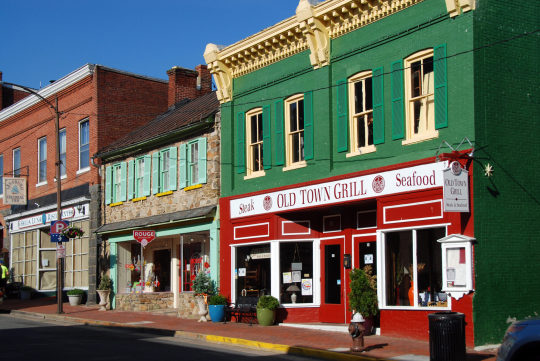
According to the most recent census data, the three fastest growing DMV cities in Virginia are:
Purcellville
Population: 10,063
Growth in the past decade: 41.7%
Located in Loudoun County, Purcellville’s small town charm is particularly appealing to families. Although it doesn’t have as many shopping options that a larger city offers, its dining options are appealing, and the town is a great departure point for surrounding wineries, farms, and countryside adventures.
Manassas Park
Population: 17,548
Growth in the past decade: 33%
Manassas Park is full of historic buildings that house restaurants, bars, and shops. The Amtrack Station and the Manassas Regional Airport make this city a good launching location for travel. Located in Prince William County, Manassas Park has housing that ranges from rental apartments to a broad range of single family homes.
Leesburg
Population: 53,731
Growth in the past decade: 32%
Historic Leesburg is Loudoun County’s seat. It is located at the base of Catoctin Mountain, 33 miles northwest of D.C., and is the northwestern terminus of the Dulles Greenway, a private toll road that connects to the Dulles Toll Road at Washington Dulles International Airport, making it a convenient place for travelers to live.
Maryland
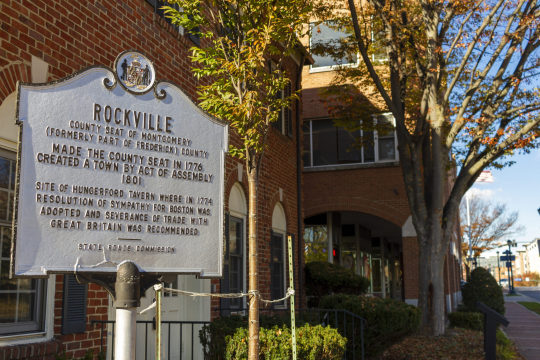
The suburbs of Maryland that have seen the largest growth include Rockville, Gaithersburg, and Frederick.
Rockville
Population: 68,155
Growth in the past decade: 16.9%
Montgomery County’s seat, Rockville, is one of the largest communities in Maryland. It’s also one of the state’s oldest cities – although driving through it’s hard to tell. Shopping, dining, and entertainment options are abundant. This vibrant community has indoor and outdoor activities geared toward all ages and interests.
Gaithersburg
Population: 67,878
Growth in the past decade: 16.7%
Rockville’s neighbor, Gaithersburg, also has plenty of shopping, dining, and entertainment options. And this modern city’s historical sites include the Clara Barton House (the founder of the American Red Cross) and Glen Echo Park – a former amusement park turned artist collective.
Frederick
Population: 71,843
Growth in the past decade: 12.7%
A little less than an hour north of D.C., Frederick is “where hip meets historic.” Wineries, orchards, breweries, and hiking trails abound. The average commuting time is higher than other DMV areas, since Frederick is a bit further out, but housing is more affordable which may make the commute worth it.
Washington, D.C.
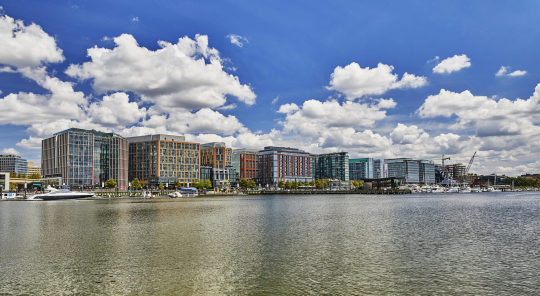
The already densely-populated Washington, D.C. has seen staggering growth in its housing market over the last decade. Some neighborhoods are considered “transitioning,” shifting toward younger, more affluent residents. Many of the new residents are single and looking for a condo in a trendy or more affordable transitioning neighborhood. Here are a handful of fast-growing neighborhoods in D.C.
NoMa
Growth in the past decade: 13.7%
This culturally diverse neighborhood in Adams Morgan is known for eclectic dining and nightlife. Union Market food hall, Gallaudet University, and National Public Radio are located in this area.
Capitol Riverfront/Navy Yard
Growth in the past decade: 12.4%
This 500-acre neighborhood situated between I-395 and the Anacostia River offers urban-minded residents an active community with year-round recreation, from big-league sporting events to riverfront parks, restaurants, and other retail.
Eckington
Growth in the past decade: 11%
This neighborhood is located one mile southeast of Howard University and is the home of Sirius XM Radio. The area is described as having an urban-suburban mix feel where residents can enjoy many restaurants, bars, coffee shops, and parks.
Shaw
Growth in the past decade: 6.8%
This rapidly developing downtown zone is one of DC’s oldest neighborhoods, but now has a hip shopping and food scene. Situated east of the U Street corridor, this section is sometimes called “Black Broadway” from the time when acts like Pearl Bailey and Cab Calloway performed at local venues. Now, the legendary 9:30 Club also rocks this neighborhood.
Southwest & The Wharf
Growth in the past decade: 6.7%
Houseboats – also called “liveaboards” – are one way people choose to reside in this area. The Wharf also boasts the nation’s longest continually operating open-air fish market. Waterfront dining and entertainment are contributing to this neighborhood becoming one of DC’s hottest.
Mount Vernon Square
Growth in the past decade: 5 to 7.9%
This is one of DC’s most attractive and flourishing neighborhoods. The beautiful Beaux-Arts Carnegie Library holds exhibit space for the Historical Society of Washington, D.C., and the neighborhood also has the Walter E. Washington Convention Center.
Brookland/Edgewood
Growth in the past decade: 4.3% to 7.5%
An abundance of Catholic churches – and Catholic University – has given Brookland the nickname “Little Rome.” The Basilica of the National Shrine of the Immaculate Conception is also located here; this is the largest Roman Catholic Church in North America. The surrounding neighborhood is filled with charming older homes and a central arts zone.
#jamierichards#realtorjamier#realestate#realestateagent#realestatetips#fastestgrowingareasindmv#dmv#bestareasindmv#bestareas
0 notes
Text

But Mary Kept all these Things and Pondered them in her heart (circa 1888)
Alice Havers (Mrs Frederick Morgan) 1850-1890
Norfolk Castle Museum and Art Gallery
The title of this painting is a biblical quote taken from St Luke’s Gospel (chapter II, verse 19). An angel reveals the birth of the Son of God to shepherds watching their flocks in a field. Arriving in Bethlehem, the shepherds repeat what the angel told them. Amidst the general clamour and astonishment at these news, Mary carefully considers their words about her extraordinary son.
Here, Havers has portrayed Mary in shadow, pensively looking out of the painting, with the baby Jesus asleep on her lap and bathed in golden light, perhaps a hint to their respective positions within the Bible. Havers exhibited this intense and affectionate portrayal of motherhood at the Royal Academy in 1888 and the Paris Salon in 1889. Highly successful as an artist and illustrator during her lifetime, Havers’ career was cut short by her early death.
0 notes